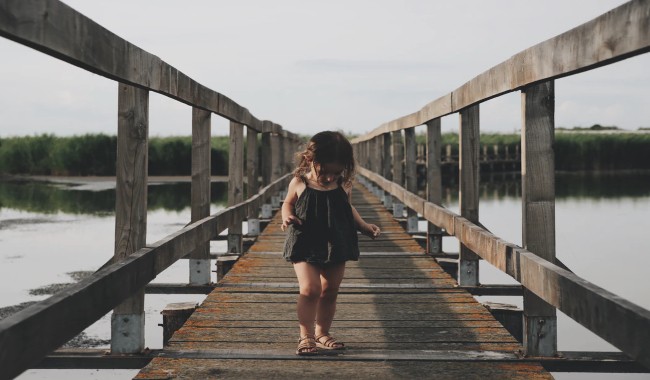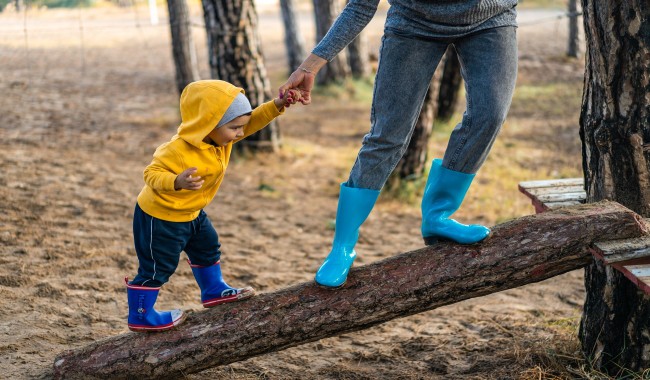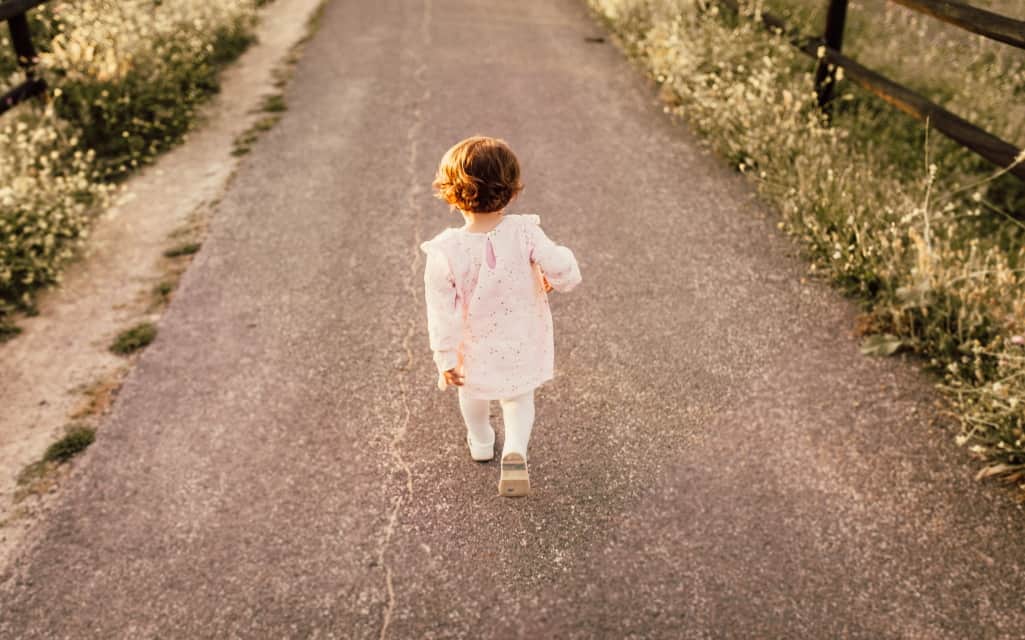Are you excited to see your baby start walking? Well, this is something that lives long in the memory of every parent. However, mastering your baby walking first steps is not always easy. Luckily, we’re here to provide you with all the essential guidelines for when that ‘special’ time comes.
But before we get into things, it’s worth mentioning that there’s no standard baby walking age. However, research shows that this normally happens a few months after he or she learns to stand. Once this happens, getting him or her to seat still will be almost impossible. In fact, you’ll probably have to set up a suitable activity center for toddlers.
Expect the First Steps between 9 and 12 Months

Yes, while there’s no standard baby walking age, child experts say that this usually around 5 months of age. There’s no cause for alarm if your kid takes longer than this as even the healthiest ones may start walking at around 17 months. Besides, it’s during the first year after birth when a child develops proper coordination of muscles.
After this period, it’s all about helping your young one establish balance and of course, confidence. While some parents prefer to use a baby walking helper, it’s better to teach your kid to stand against a table or sofa. With time, he or she will find the courage of standing alone and before you know it; your toddler will be running around!
Teaching Your Kid How to Walk

Now, if your child’s feet are not strong enough, here’s a proven baby walking technique. Just hold his or her arms around the armpit region and slowly, start walking. He or she will move with your every step. The child will repeat this reflective form of movement for some months before bouncing up and about.
These bouncing movements will be your baby’s favorite playtime routine. It will also help in the development of your child’s leg and hip muscles for improved baby walking movement. Most importantly, he or she will easily master the sitting to standing transition.
Should You Get a Baby Walking Tool?
Like we’ve previously highlighted, some parent are okay using a baby walking helper. However, according to the best pediatricians, these walkers make baby walking so easy that it prevents proper development of leg muscles. They are not also safe as the child will now access dangerous items that he or she would normally find it difficult to do without a baby walker.
What Should be Your Baby’s First Walking Shoes?

By now, you’re probably asking yourself this question, right? Well, there’s no need for you to rush in choosing any baby first walking shoes. Wait for when the child has started walking on cold or rough surfaces. In fact, baby walking experts from top-mom say that being barefoot will help your young one in coordination and balance.
Your Baby has Started Walking, What Next?
So, you’ve seen those remarkable baby walking steps, what else should you expect? Well, slowly the child will start mastering other forms of mobility. They include:
- Swift standing – At about 14 months, he or she will have no problem standing without the support of your table or sofa. You’ll start seeing some squatting to standing transitional movements.
- Steady Baby Walking – Your newborn baby walking movements will improve so tremendously that he or she will have no trouble pulling and pushing toys around. Here, you’ll even see your baby walking on toes and with legs apart.
- Jumping and Climbing – Keep a close watch over your baby for he or she will be a proficient climber after 18months or so. The child will also be eager and excited to go upstairs, sofas, tables and other furniture. Other activities include trying to kick a ball and dancing. Interestingly, after about 26 months, your child will be better at jumping.
What If Your Baby hasn’t Started Walking?
Like we’ve previously mentioned, there’s no need to worry if you’re yet to see any baby walking movements. That said, if he or she is unable to stand between 18 months and 2 years, seek the advice of a trusted pediatrician. Also, remember that toddlers grow in varying rates and the premature ones get to the baby walking stage slower than the rest.
Conclusion
These are some of the essential baby walking guidelines that every parent needs to know and understand. They are reliable methods proven and prescribed by credited pediatricians from across the world. Most importantly, you’ll be there to see and enjoy your child’s first steps!
So, do you have any newborn baby walking memories that you would like to share with us?



